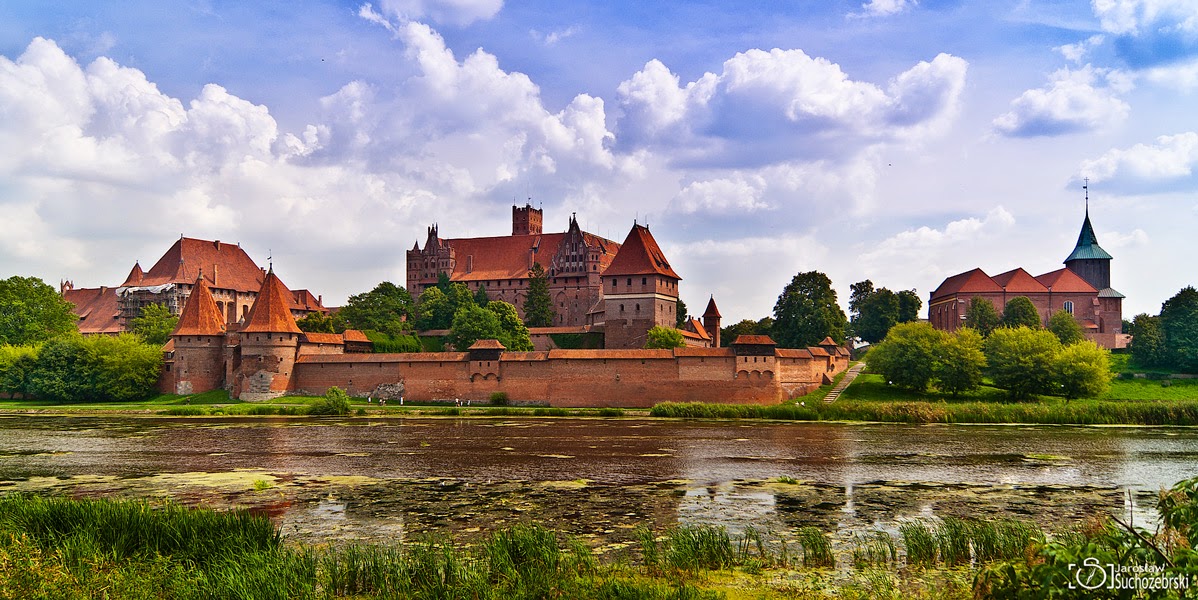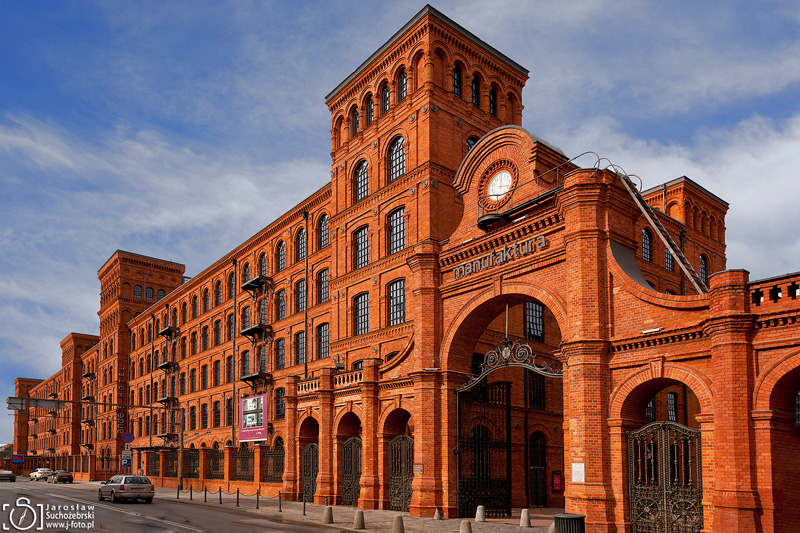Rupea Citadel: One of Transylvania’s top Medieval fortress
Rupea Fortress is one of the most interesting medieval castles in Transylvania, Romania. The name of the citadel comes from Latin rupes meaning "stone". Guarded by thick strong walls, the impressive and huge fortress is located on top of of 120 m-high basalt massive and it is perfectly visible from the scenic road Sighisoara-Brasov.
It is a refuge castle, also known as a peasant citadel with four areas reinforced with polygonal towers, two interior courtyards and three defence towers. Rupea Citadel has the form of an ascending spiral (snail shell). The castle is built on four premises: Upper citadel, Middle citadel and Lower citadel.
Rupea Citadel is one of the oldest archaeological sites in Romania, the first signs of human settlements dating from the Paleolithic and early Neolithic. There was a fortified city in the Dacian time. According to the legend - Decebal, the last Dacian King, took his life on the hill. He cut his throat with a single move of his knife so that he wouldn’t fall prisoner in the hands of the Romans. After the conquest of the area by the Romans established a fortress there. The Roman castra Rupes was part of the Roman fortification belt defending the commercial area and trade routes. The first documentary attestation of the citadel dates from 1324, under the name castrum Kuholm.
In Medieval times, people in the area started rising thick walls to defend themselves against invasions of Turks. In the 15th century, Turks conquered the fortress and robbed it. Later on, in 1643, Rupea Fortress burned down. At the end of the 16th century, as locals managed to reconstruct some of the parts. In the 18th century, the fortress’ walls were used as the refuge for people. Historians think that over 400 people had lived inside those walls. In 1790, the fortress was forever abandoned after a strong storm that damaged buildings strongly.
After the WW II, the citadel was in a terrible condition, with only one of the defence towers standing. The idea of restoration was abandoned, and the communist authorities planned the demolition of the citadel in order to exploit the basalt that forms the hill. After the fall of the communist regime, the citadel has undergone a comprehensive restoration process. Between 2010 and 2013 were restored all the seven towers and the peasant homes.
Rupea Fortress is now a major point of attraction for tourists coming in the area. It is visited each month by more than 10,000 tourists. Restored Rupea Fortress can easily compete with some other fortresses in Romania and in Europe. Located on the scenic road between beautiful cities of Brasov and Sighisoara, is a definite must on site in your travelling plan in Romania.
From Rupea you are just a short drive away to the scenic village Viscri. The old Saxon village of Viscri with old buildings and refugee church (UNESCO heritage site) is the most known and most scenic tourist attractions of Transylvania (see: Viscri - picturesque Saxon village in Transylvania).
You might also like other articles about beautiful places in Romania (click)
* * *
Linked to:
Travel Tuesday - Wednesday Around The World - Wanderfull Wednesday - Travel Photo Thursday - Seasons - Weekend Travel Inspiration




















Ciepło, ładnie, po prostu idealnie...
ReplyDeleteNice views...have a great day.
ReplyDeleteOh how beautiful. What a great destination.
ReplyDeleteWorth a Thousand Words
Pierwszze zdjęcie jest zachwycające. Brawo!
ReplyDeleteWhat a wonderful building! Great pictures.
ReplyDeleteNie ma to jak łażenie po starych zamczyskach. Piękne zdjęcia.
ReplyDeleteOh wow - that's stunning! What a marvelous place!
ReplyDeleteThanks for sharing at https://image-in-ing.blogspot.com/2016/12/dominus-flevit.html
That is a really rock-top fortress!
ReplyDeleteIt is the first time I heard about this citadel. Have to say it is very impressive! I am seeing the world with you! #WordlessWednesday
ReplyDeleteIt's amazing.
ReplyDeleteWonderful shots and lovely architecture!
ReplyDeleteNie wiem jak to robisz, ale ujęcia które u innych wydają się zwykłe i oklepane, u Ciebie są zawsze piękne
ReplyDeleteDziękuję za miłe słowa... No cóż, po prostu fotografuję... To moja pasja :-)
DeleteJarku-masz wyjątkową umiejętność fotografowania architektury. Miejsce interesujące i pięknie pokazane :) pozdrawiamy
ReplyDeleteI never expected Transylvania to be so beautiful. The fortress is amazing, and your photos are wonderful.
ReplyDeleteKay
An Unfittie's Guide to Adventurous Travel
Hello, what an awesome place to visit. Great tour and photos. Happy Skywatching! Enjoy your day and the weekend ahead.
ReplyDeleteYou are a wonderful photographer.
ReplyDeleteSo wonderful that it has been restored, and what a huge loss it would have been if demolished.
ReplyDeleteI wish we had places like that to visit here in nz, it's not an old country though.
ReplyDeleteExcellent set of pictures for the skywatch!
ReplyDeleteStunning!!Loved them all!
jaipurthrumylens.com
Beautiful shots of this amazing castle Jarek, I can't even begin to imagine how difficult it was to construct in this situation, impressive!
ReplyDeleteAn incredible structure. I have never heard of a peasant citadel before. I guess it was necessary for these times.
ReplyDeleteWow, that is an incredible place! Glad it survived.
ReplyDeleteI am originally from Romania and I've known the fortress at Rupea since it was just a ruin. We used to pass by it on our way from Bucharest to Tirgu Mures. They did such a good job restoring it. Beautiful photos! Thanks for linking up with #TheWeeklyPostcard.
ReplyDeleteSo very interesting! Beautiful photographs too. I love the red roofs.
ReplyDeleteI love the look of the old stone buildings and wall. It looks so warm and inviting too on a cold December day
ReplyDeleteHi! Jarek. Your photos are very beautiful. I like old castles very much. It's nice that after communist regime,The sites has reconstructed. I enjoyed your former posts very much too. Poland and Japan are very friendly nations. Thanks for sharing.
ReplyDeleteOld architecture is fascinating and I really enjoyed your photography.
ReplyDeleteThank goodness the Communist regime fell before they destroyed this magnificent relic altogether! And congratulations to Transylvania Romania for restoring it so beautifully!!!
ReplyDeleteZamek jak i samo miejsce przepiękne a zdjęcia doskonałe, naprawdę umiesz wspaniale pokazywać świat :)
ReplyDeleteWow, even though I am from Europe, and have visited Romania, I still learn a lot here. Had no idea the Turks came all the way to Romania! It makes sense that people could escape in these citadels. Great photos of these intriguing rescue-cities,as well as an important part of Romania's history. Great job and thank you so much for sharing this interesting post with ALL SEASONS! Wishing you a great week before Christmas:)
ReplyDeletesuch stunning architecture. great photos. happy xmas to you.
ReplyDeleteCudowne miejsce na ślub :] Szkoda że w Polsce nie ma zbyt wielu podobnych :]
ReplyDeleteLetsWedding.pl blog o ślubie
The citadel is so striking! I'm glad they have been working on fixing it and didn't demolish it as it is such an important part of Romania's history. I like visiting sites like these so thank you so much for cluing me in on another place to visit! #TheWeeklyPostcard
ReplyDeleteAmazing place!
ReplyDeleteThank you for taking part in the Travel Tuesday meme, I look forward to seeing more of your entries in the weeks ahead.
Even though I'm from Romania, I've never been to Rupea, even though I've seen similar citadels in the area. I need to add it on my list for next year! #TheWeeklyPostcard
ReplyDeleteEnjoyed reading about the history of Rupea and your lovely photos. Thanks for sharing it on #TheWeeklyPostcard
ReplyDeleteAn attraction near Brasov.
ReplyDelete